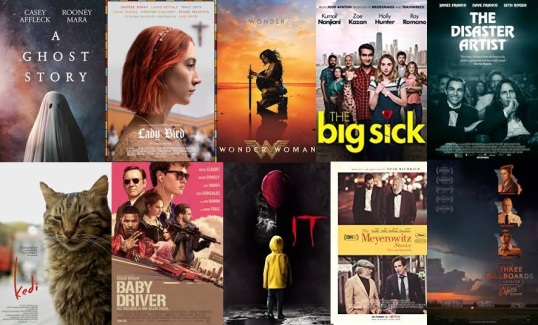Last week, I watched six films on This TV.
Which TV? No, This TV! It’s one of my favorite channels. It’s not just that they show a lot of movies. It’s also that they frequently show movies that are new to me. For instance, last week, This TV introduced me to both Prison Planet and Cherry 2000.
Here are four other films, two good and two not so good, that This TV introduced to me last week.
First up, we have 1989’s Bridge to Silence.
Directed by Karen Arthur, Bridge To Silence was a made-for-TV movie. Lee Remick plays Marge Duffield, who has a strained relationship with her deaf daughter, Peggy (Marlee Matlin). After Peggy’s husband is killed in a traffic accident, Peggy has a nervous breakdown. Marge and her husband, Al (Josef Sommer) take care of Peggy’s daughter, Lisa, while Peggy is recovering. However, even as Peggy gets better, Marge still doesn’t feel that she can raise her daughter so Marge files a lawsuit to be named Lisa’s legal guardian. While all of this is going on, Peggy is starring in a college production of The Glass Menagerie and pursuing a tentative romance with the play’s director (Michael O’Keefe).
Bridge to Silence is one of those overwritten but heartfelt melodramas that just doesn’t work. With the exception of Marlee Matlin, the cast struggles with the overwrought script. (Michael O’Keefe, in particular, appears to be miserable.) The film’s biggest mistake is that it relies too much on that production of The Glass Menagerie, which is Tennessee Williams’s worst play and tends to be annoying even when it’s merely used as a plot device. There’s only so many times that you can hear the play’s director refer to Peggy as being “Blue Roses” before you just want rip your hair out.
Far more enjoyable was 1988’s The Chocolate War.
Directed by Keith Gordon, The Chocolate War is a satirical look at conformity, popularity, rebellion, and chocolate at a Catholic boys school. After the manipulative Brother Leon accidentally purchases too much chocolate for the school’s annual sale, he appeals to one of his students, Archie Costello (Wallace Langham), to help him make the money back. Archie, who is just as manipulative as Leon, is the leader of a secret society known as the Vigils. However, Archie and Leon’s attempt to manipulate the students runs into a roadblack when a new student, Jerry Renault (Illan Mitchell-Smith) refuses to sell any chocolates at all. From there, things get progressively more complicated as Archie tries to break Jerry, Jerry continues to stand up for his freedom, and Leon … well, who knows what Leon is thinking?
The Chocolate War was an enjoyable and stylish film, one that featured a great soundtrack and a subtext about rebellion and conformity that still feels relevant. John Glover and Wallace Langham both gave great performances as two master manipulators.
 I also enjoyed the 2002 film, Kiss The Bride.
I also enjoyed the 2002 film, Kiss The Bride.
Kiss The Bride tells the story of a big Italian family, four sisters, and a wedding. Everyone brings their own personal drama to the big day but ultimately, what matters is that family sticks together. Directed by Vanessa Parise, Kiss The Bride featured believable and naturalistic performances from Amanda Detmer, Talia Shire, Burt Young, Brooke Langton, Monet Mazur, and Parise herself.
I have to admit that one reason why I liked this film is because it was about a big Italian family and it featured four sisters. I’m the youngest of four sisters and, watching the film, I was reminded of my own big Irish-Italian family. The movie just got everything right.
And then finally, there was 2006’s Wedding Daze.
Wedding Daze is a romantic “comedy.” Anderson (Jason Biggs) asks his girlfriend to marry him, just to have her drop dead from shock. Anderson’s best friend is afraid that Anderson will never get over his dead girlfriend and begs Anderson to not give up on love. Anderson attempts to humor his friend by asking a complete stranger, a waitress named Katie (Isla Fisher), to marry him. To everyone’s shock, Katie says yes.
From the get go, there are some obvious problems with this film’s problem. Even if you accept that idea that Katie would say yes to Anderson, you also have to be willing to accept the idea that Anderson wouldn’t just say, “No, I was just joking.” That said, the idea does have some comic potential. You could imagine an actor like Cary Grant doing wonders with this premise in the 30s. Unfortunately, Jason Biggs is no Cary Grant and the film’s director, comedian Michael Ian Black, is no Leo McCarey. In the end, the entire film is such a misjudged failure that you can’t help but feel that Anderson’s ex was lucky to die before getting too involved in any of it.
















